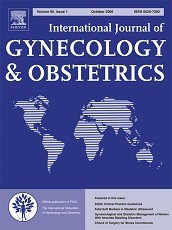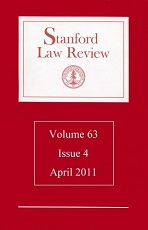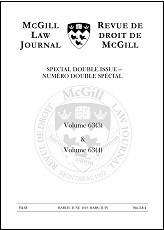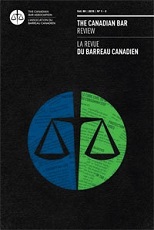Bernard M Dickens

Abstract
From its emergence, preimplantation genetic diagnosis (PGD) has been opposed by religious, feminist, and disability-rights advocates. PGD has developed, however, to extend beyond genetic diagnosis of embryos to diagnose chromosomal abnormalities. Evidence shows that PGD is safe, children born after in vitro fertilization (IVF) and PGD having no higher rate of birth defects than children of normal pregnancies. Laws may accommodate PGD directly or indirectly, but some prohibit PGD totally or except to identify sex-linked genetic disorders. When children suffer severe genetic disorders and require stem-cell transplantation, compatible donors may be unavailable. Then, IVF and PGD of resulting embryos may identify some whose gestation and birth would produce unaffected newborns, and placental and cord blood from which stem-cells compatible for implantation in sick siblings can be derived. Ethical issues concern conscientious objection to direct participation, discarding of healthy but unsuitable embryos, and valuing savior siblings in themselves, not just as means to others’ ends.
Keywords:
Dickens BM. Pre-implantation genetic diagnosis and ‘savior siblings’. Int J Gynaec Obstet. 2005;88(1):91-96.



